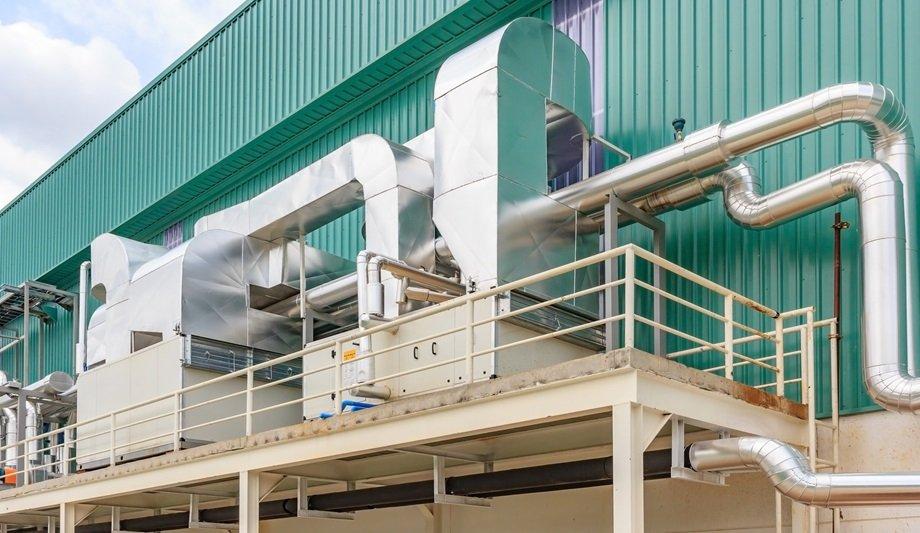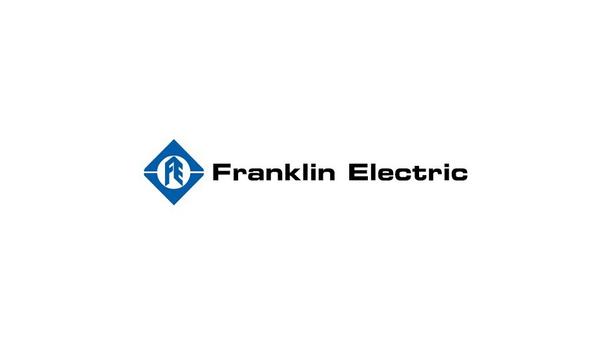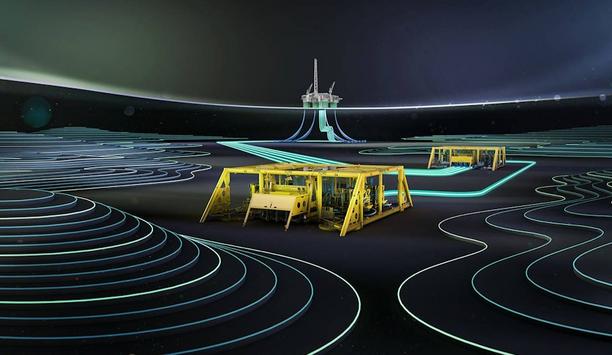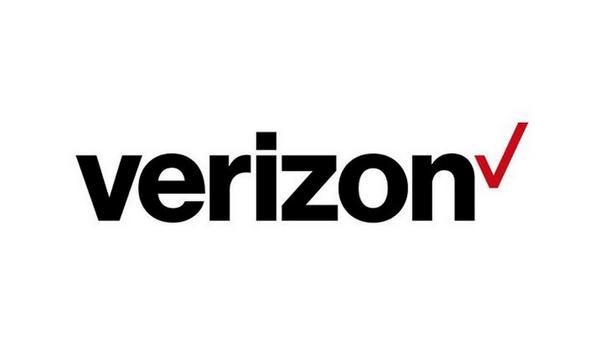Large industrial and commercial facilities consume sizable amounts of electricity for heating, cooling, and operations.
By using a Combined Heat and Power (CHP) system, users can significantly reduce the facility’s electrical consumption. In addition, a CHP system can be made to operate as a backup source of power in the event of an electrical utility outage.
What is a CHP system?
Traditional electrical generation systems produce electricity inefficiently, with most of the energy wasted as heat. CHP systems recover the heat from the engine that would otherwise be lost.
By installing a CHP system, the user can use its heat output to eliminate electrical costs that would otherwise be spent on both heating and cooling.
How to Save Significant Money Using a CHP System
A properly designed CHP system can provide up to 80% of the energy required for heating
The majority of electricity to run most plants is used for heating and cooling, with the balance to operate the business of the plant. By extracting the heat from the CHP system, electricity requirements for heating and cooling are significantly reduced.
In the wintertime, the extracted heat warms the building; in the summer, the extracted heat cools the building via an absorption chiller.
The CHP system also generates power, which significantly offsets the electric bill. A properly designed CHP system can provide up to 80% of the energy required for heating and cooling and meet up to 60% of the facility’s total electricity needs.
Typical Electrical Operation of a CHP System
Most CHP systems are designed to operate in parallel with the incoming electrical supply. When utility power is available, the CHP system will electrically synchronize with the utility source to operate in tandem to reduce electrical consumption.
In the event of a utility outage, typical CHP systems automatically shut down to prevent system overloading of the CHP unit and to prevent an unsafe electrical back-feed into the electrical grid from the CHP unit.
Seamless Backup Power Using a CHP System
The onset of the utility outage causes a system frequency drop below the 60 Hz fundamental
Specialized engineering design and construction methods can be used to enable backup power in the event of an electrical utility loss. When a utility power outage occurs, while the CHP system is operational, the onset of the utility outage causes a system frequency drop below the 60 Hz fundamental.
Using specialized relaying and instruments, this under-frequency condition can be used to trip the main incoming utility circuit breaker to prevent an unsafe electrical back-feed into the electrical grid.
Spare capacity
In addition, the control system would concurrently perform high-speed tripping of non-critical facility loads and branch breakers to prevent overloading of the CHP unit. Once the CHP system is stabilized in an operational islanded mode, and the governor system has been adjusted from droop control to isochronous control, additional loads can then be powered by the CHP once spare capacity is available.
A similar philosophy of sequence control, using line-side voltage sensing, can be applied when utility power is restored following an electrical outage to re-establish the normal operating condition.






